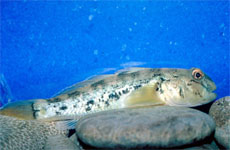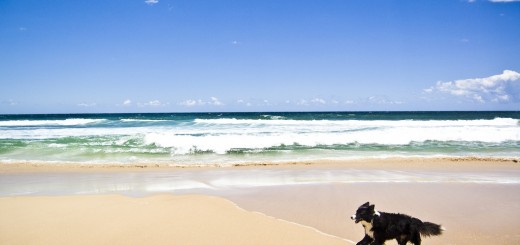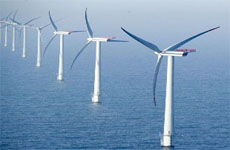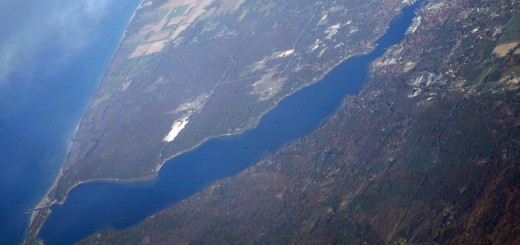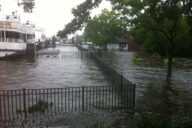Lake St. Clair Study: Lyngbya Wollei Supports E. Coli
0
Lyngbya wollei washes onto a Lake St. Clair beach. (Credit: Vijay Kannappan)
In addition to sometimes releasing toxins into lake water, Lyngbya wollei – a type of cyanobacteria, or algae, known to appear in floating green globules – has been found to support E. Coli growth.
Little was known of Lyngbya’s interaction with E. Coli, a commonly monitored bacterium in water, until researchers at Wayne State University designed a study, alongside others from the University of Minnesota and the Michigan Department of Environmental Quality.
The team of researchers set up an area on the Metro Beach area of Lake St. Clair. Multiple sterilized chambers of sand were inserted into the shore. Some contained Lyngbya and others didn’t. In the same manner, some were moistened with sterile water while others were treated with lake water.
“We took a portion (of the beach) and roped it off, went east of the swimming pool and out of the wash zone,” said Donna Kashian, assistant professor of biological science at Wayne State University. “So in a wave event, it wouldn’t be flooded out.”

A roped-off section of shoreline on Metro Beach supports sand chambers used to study the interaction between E. Coli and Lyngbya wollei. (Credit: Donna Kashian)
After 11 days had passed, researchers went back out to the chambers and scraped Lyngbya samples to see how much E. Coli had transferred to the sand.
“There was quite a bit. The water didn’t really increase, but the concentration in the sand was much higher,” said Kashian.
At the same time, samples of nearshore water were collected and tested using the IDEXX method. In this method, colonies of E. Coli are given 24 hours to grow on a tray. When the period has passed, the plates are fluoresced with blue light and the number of colonies are counted.

IDEXX tray used to quantify E. Coli in water samples. (Credit: Donna Kashian)
The concentration of E. Coli found in the sand chambers containing Lyngbya was higher than found in the water alone. “It appears that there is a nutrient base that lets E. Coli grow and proliferate in Lyngbya,” said Kashian.
So Lyngbya that washes ashore naturally will likely transfer E. Coli into the sand. This is a significant finding, Kashian says, because people still go and walk along the shore when beaches are closed. High E. Coli concentrations underfoot put them at risk.
“For beach monitoring, it concerns me,” said Kashian. “Why aren’t we doing this? To be more protective of human health, we need to look at sand.”
Beach managers are typically tasked with grooming beach areas and removing algae that washes up. And there are other ways to minimize public exposure, including roping areas off or using sterilization techniques.
“UV radiation does kill E. Coli, so simply raking the beach would give more exposure to the sun,” said Kashian. “Sterilizing a beach would be nearly impossible and incredibly expensive.”




